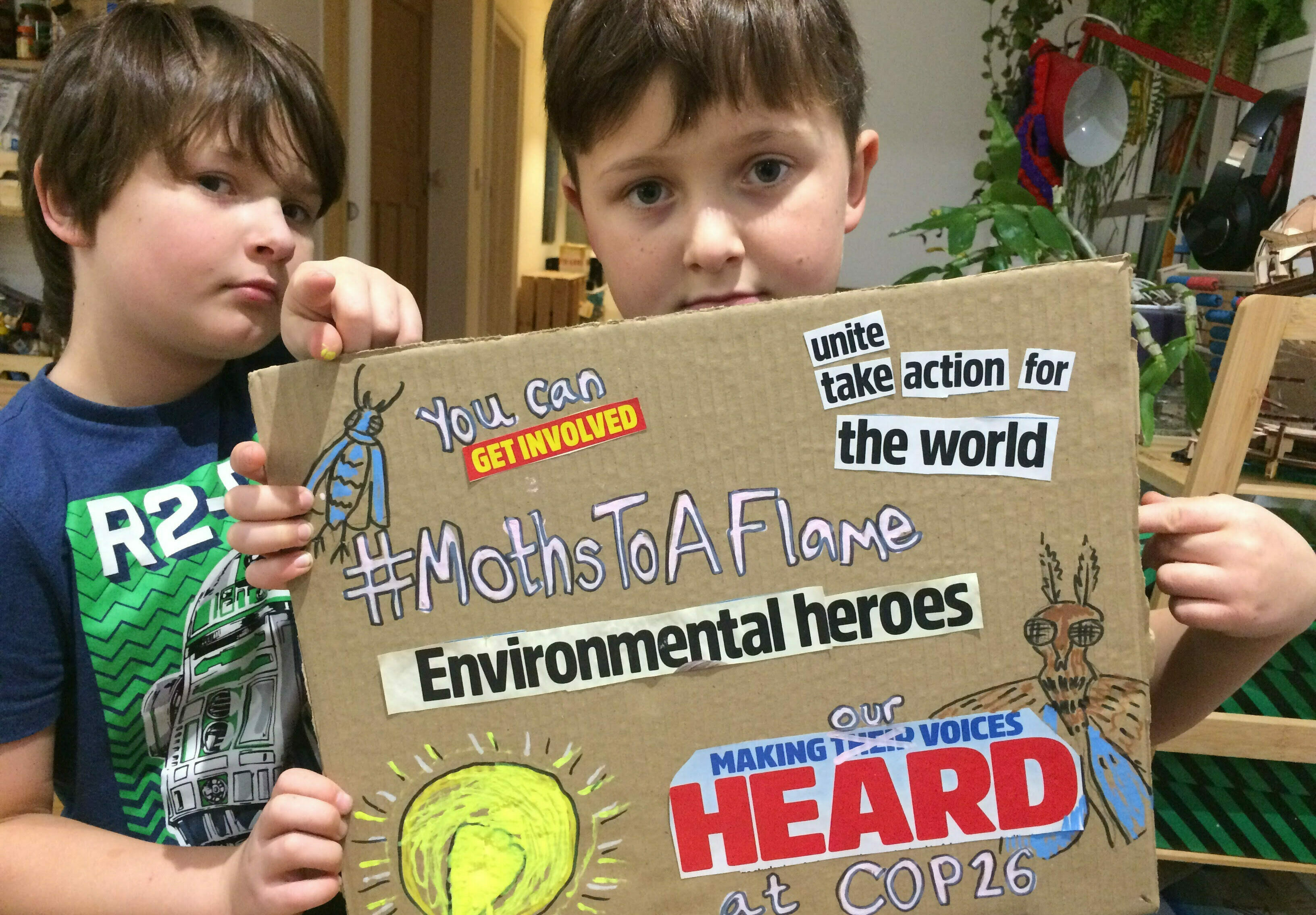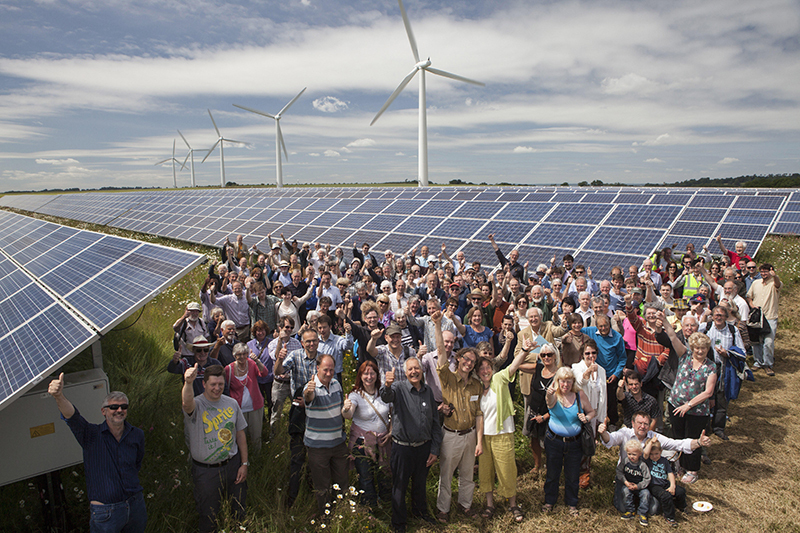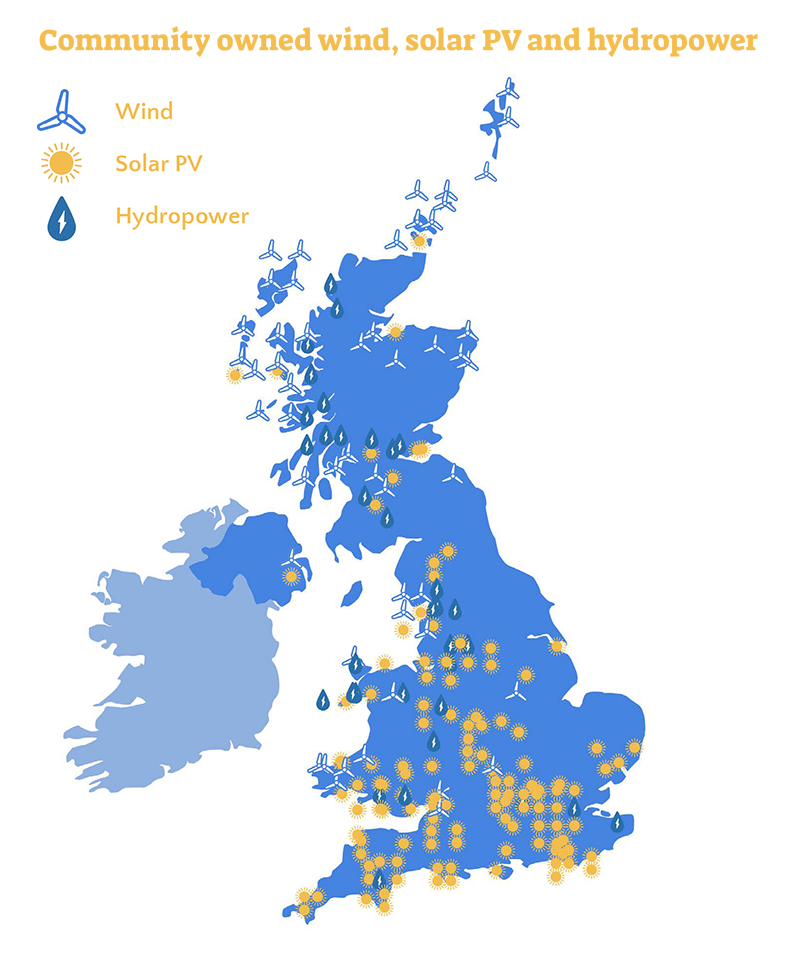Stories
June Success Story: Celebrating community energy in the UK
Community energy is key to action on the climate crisis. It can empower people, boost local economies, and reinvigorate communities. Community-led initiatives play an important part in the transition towards a 100% renewable and just energy future. Success stories of community energy projects can be found all over Europe. At REScoop.eu we want to highlight these stories, in order to further accelerate the movement towards a cleaner and democratic system. Today we are putting the spotlight on the community energy movement in the United Kingdom and the activities that they are preparing ahead of the 26th UN Climate Change Conference of the Parties (COP26).
Community Energy: Together For Our Planet
With the COP26 taking place this November in Glasgow, renewable energy cooperatives from all around the UK are organising themselves to ensure that local and democratically owned community energy is recognised as critical to achieving net zero during and in the lead to the event.
One of the main actions of the movement will be a mass participation art installation called Moths to a Flame, which will be composed of 20,000 moths made from plastic milk bottles and 10,000 messages addressed at world leaders calling for urgent action on climate change. The installation will be displayed at Glasgow’s botanic gardens during COP26 to invite people think about energy and send a message to decision makers participating in the conference.
Energy communities from the UK will also play an important role in the Community Roundtable at the COP26. Moreover, community members will try to influence decisions through one-to-one discussions and the participating in events lead by other organisations in the frame of COP26.

Emma Bridge, the chief executive of Community Energy England, the organisation coordinating the activities of UK energy communities at COP26, highlighted the importance of the advocacy work around COP26 during an event last week.
“We are doing a lot of work on the build up to COP26. If this really builds, it gives a key opportunity to engage more people in energy to push for a more supportive policy environment and really to ensure that there is a legacy from the talks this time.”
The main advocacy objectives of the community energy movement at COP26 are to ensure that people and energy communities are internationally recognised as critical to achieving net zero and to see governments adopting realistic policies, which really involve people and communities, to meet relevant climate goals (i.e.: to achieve the real net zero sooner than 2050). At UK level, the objective is to get the national government to put in place an exemplary policy to achieve net zero, recognising the role of people and energy communities to achieve it.

Cooperation doesn’t stop at borders
Although REScoops from the UK are not member of the European Union anymore and many of their advocacy efforts have now a national focus, at REScoop.eu we believe that cooperation doesn’t stop at borders. We are made up of groups working across European countries to create a democratic, sustainable and fair energy transition, which neither stops at borders. We are happy to continue working together with our British neighbours and we are proud of the effort that UK communities are doing ahead of the COP26.
According to the Community Energy State of the Sector report 2021, published on 23 June by Community Energy England, Community Energy Wales and Community Energy Scotland, there were 424 active community energy organisations across the UK in 2020. These projects represent 431 full-time jobs positions and a total installed electricity capacity of 319 MW. Despite restrictions on meeting face-to-face in 2020, community energy organisations used workshops, home visits, webinars and phone calls to engage with over 358.000 people, empowering them to take action on energy.
Emma Bridge summarised the progress of community energy in the launch event of the report as it follows:
“Community energy is already playing a crucial role in achieving net zero, as well as playing a critical part in the energy system and in ensuring a just transition through gaining consent, increasing participation, and embedding behaviour change.”
The State of the Sector also points out that if barriers were removed, community energy organisations could not only complete their current stalled projects, but build on their successes to contribute 5.270 MW, power 2,2 million homes, support 8.700 jobs and add £1,8 billion to the economy each year by 2030.

The publication of the report was part of the agenda of the Community Energy Fortnight 2021, the UK's annual celebration of all things related to community energy. It took place from 14 to 27 June, when communities energies organised numerous events to inspire people to get involved in projects, set up new ones, take personal actions around energy, and engage MPs in becoming champions for community energy and policy change in parliament. You can find a summary of the actions, blog posts and recordings of the Community Energy Fortnight events on the Community Energy England website.